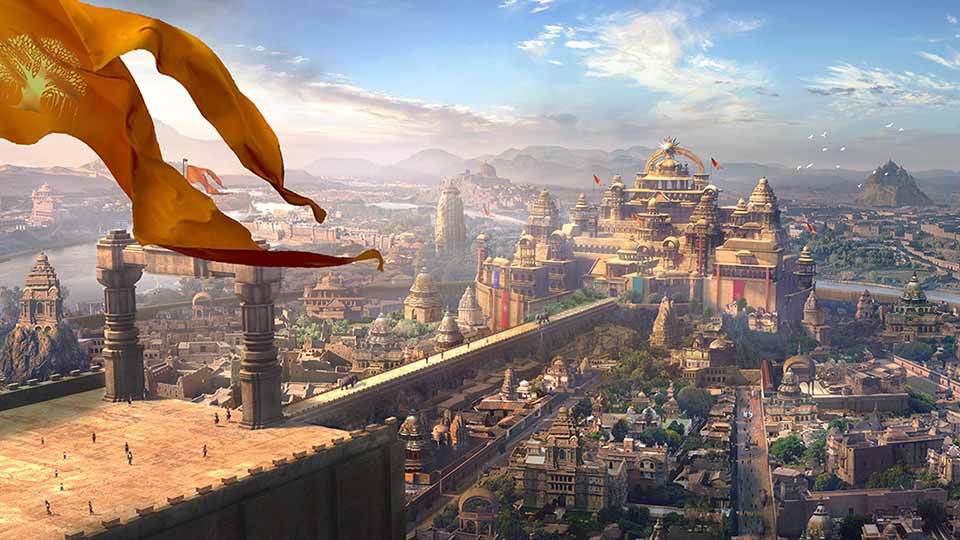Ayodhya, located in the center of Uttar Pradesh, is deeply ingrained in India’s history and sense of self. It’s a city with a more than two-thousand-year history where myth and reality blend together. At its center is the famous Ram Janmabhoomi, the birthplace of Lord Rama, a place of great spiritual significance.
The history of Ayodhya begins with its fabled beginnings when it served as the imperious Ikshvaku Dynasty’s capital and King Dashrath was its renowned king. The birthplace of Lord Rama, the seventh manifestation of Lord Vishnu and the fabled protagonist of the epic Ramayana, is Ayodhya’s real claim to fame.

The 5th century BCE is when the earliest evidence of Ayodhya’s existence was discovered during archaeological digs. At the intersection of important trade routes, it was a lively metropolis during the Second Urbanisation period. Ayodhya developed as a significant Hindu, Buddhist, and Jains pilgrimage site over time, further enhancing the city’s cultural diversity.
Since the Ram Janmabhoomi campaign resulted in the majestic Ram Mandir being built at the contentious site, Ayodhya has attracted national attention. This work of art acts as a testament to faith, harmony, and the continuing significance of Ayodhya in India’s spiritual landscape.
Ayodhya’s continued prosperity serves as a real example of how devotion, legend, and history can coexist peacefully at the center of India
Ayodhya in Myth and Legend
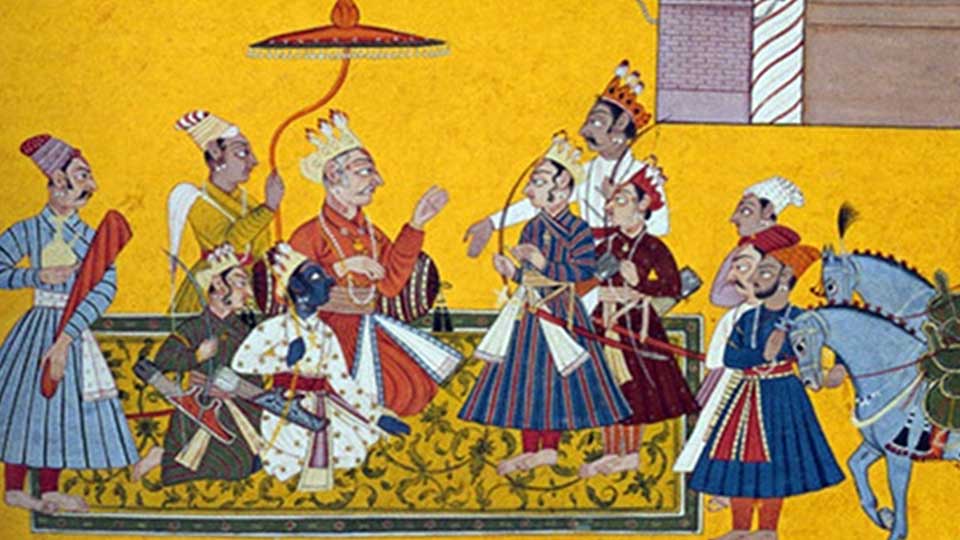
Ayodhya is adored in the vast and complex tapestry of Hindu mythology. It is thought to be the seat of the fabled Ikshvaku Dynasty, which can be traced back to King Ikshvaku, the ancestor of Lord Rama.
Hindu mythology holds that Ayodhya thrived throughout the Treta Yuga, a time period distinguished by divine interventions and heroic narratives. King Dashrath, the father of Lord Rama, ruled this region as a kind and honorable king.
The epic Ramayana, which has a close connection to the history of Ayodhya, is among the most lasting and well-loved tales in Hinduism. The central events of this epic include Lord Rama’s birth in Ayodhya, his exile, and his final return to the city after overthrowing the evil king Ravana. Ayodhya is more than simply a physical region; it is also a spiritual world where the divine assumed the form of a princely mortal.
Archaeological Traces of Ramayana

Archaeological digs have revealed remnants of Ayodhya’s ancient history that go beyond mythology. Ayodhya’s historical strata have been explored by academics and archaeologists, including notables like Alexander Cunningham and B.B. Lal, who have found evidence linking the city to a long-ago era.
Ayodhya is firmly positioned within the context of ancient India because the first indications of human existence there date back to the 5th century BCE. These digs give light on Ayodhya’s significance during the Second Urbanization Period, a pivotal time when cities, trade routes, and philosophical religions all emerged. At the intersection of trade routes, Saketa, as it was known in antiquity, flourished and grew into a thriving hub of culture and business.
A Cradle of Faith and Philosophy
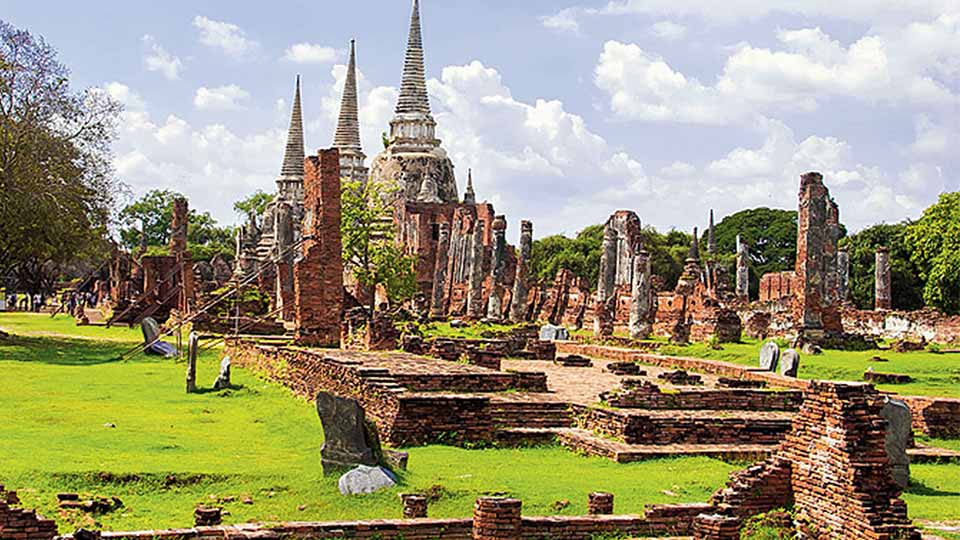
The historical significance of Ayodhya embraces the richness of India’s spiritual past and goes much beyond its link with Hinduism. This holy city was known as Saket in the 6th century BCE, the period of Lord Buddha, and it became a well-known Buddhist pilgrimage site. The venerated Buddha himself visited Saket, leaving a permanent imprint on the area’s spiritual landscape. His visit gave this already holy place a further sense of sacredness. Chinese scholar Huen Tsang, who wrote on the city’s significance in the 7th century, has provided extensive documentation of its significance during this time period.
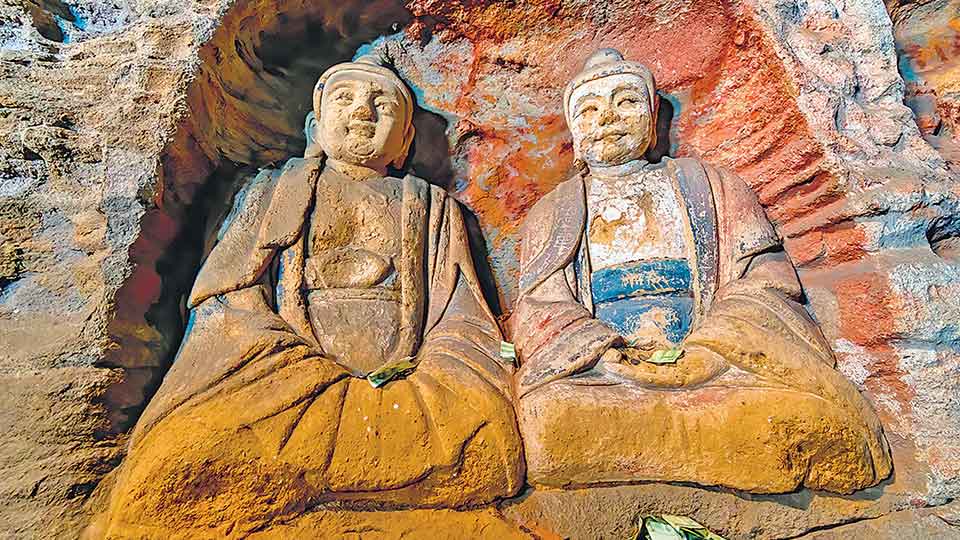
The interfaith significance of Ayodhya, though, doesn’t just apply to Buddhism. Another ancient Indian religion with strong ties to this place is Jainism. Rishabhadeva, the first Tirthankara in Jain tradition, is thought to have been born there. This adds to the spiritual diversity of the city by elevating Ayodhya to a hallowed site for Jains.
Therefore, Ayodhya serves as evidence of India’s diverse array of spiritual practices. It serves as a striking illustration of the country’s exceptional capacity to accept and integrate other faiths, enabling their peaceful coexistence and intersection. This interfaith aspect gives Ayodhya’s historical and spiritual setting still another layer of depth and significance, truly elevating its status as a unique location in India’s cultural landscape.
Empires and Transitions
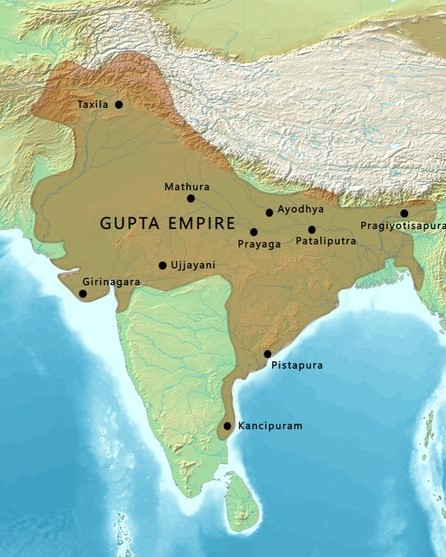
Ayodhya saw the ebb and flow of time under the authority of numerous dynasties, each of which left its own distinct impression on the city’s history, much like the holy river Sarayu that runs by its side. The Gupta Empire ruled over Ayodhya in the late third century CE, and this is when one of the most significant periods in its history took place. The city and the larger Hindu tradition entered a golden age at this time.
Hinduism in Ayodhya underwent a significant resurgence with Gupta support. The temples in the city developed into hotspots of devotion, with a special emphasis on Lord Vishnu, especially his incarnations as Rama and Krishna. These temples acted as strongholds of Vaishnavism, encouraging a strong spiritual bond between the inhabitants of Ayodhya and God.
With its thriving religious and cultural life, the Gupta dynasty further enhanced Ayodhya’s cultural history. The religious landscape of Ayodhya underwent a complicated chapter during the Mughal Empire, nevertheless. An important turning point was when Mir Baqi built the Babri Masjid in 1528–1529 CE. This incident resulted in the desecration of numerous temples in Ayodhya, upsetting the Hindu population of the city. However, Ayodhya’s unbreakable spirit triumphed.
Ayodhya’s reputation as a holy site survived the difficulties and modifications experienced throughout the Mughal era. Even in the face of hardship, the city kept attracting devotees and seekers from all over the world, upholding its hallowed air.
Controversies and the Ram Janmabhoomi Movement
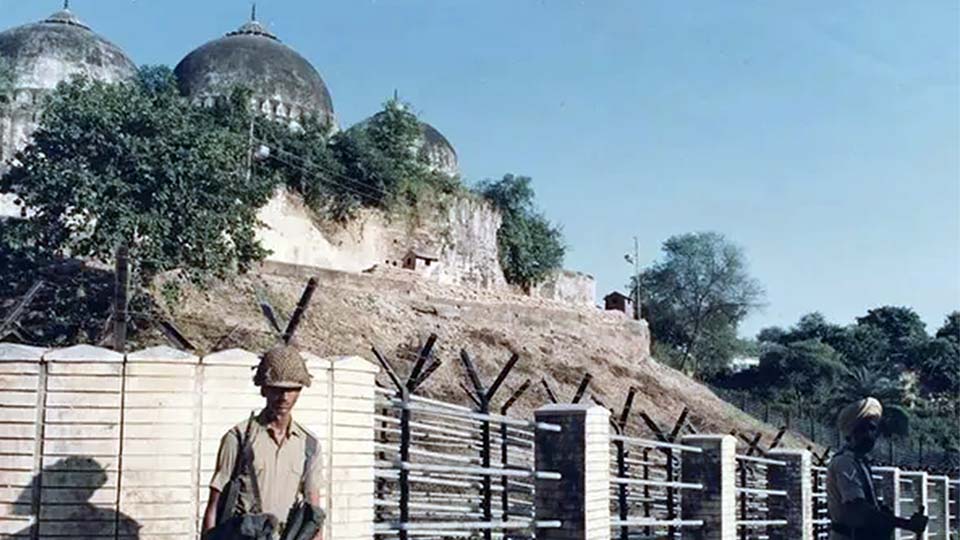
Ayodhya was brought to light in the 20th century, albeit for controversial reasons. Hindu-Muslim conflicts centered on the Babri Masjid, a symbol of historical and religious synthesis. The Bharatiya Janata Party (BJP) and other right-wing organizations led the decades-long Ram Janmabhoomi movement, which aimed to restore the disputed location as the birthplace of Lord Rama.
The Babri Masjid was destroyed on December 6, 1992, as a result of this movement’s political activism and intense commitment. The incident forever altered India’s social and political climate and sparked discussions about religious tolerance, inter-communal harmony, and the rule of law.
A Symbol of Faith and Unity

The 1992 destruction of the Babri Masjid represented a turbulent turning point in the history of Ayodhya, setting off a tidal wave of intense feelings, racial tensions, and protracted legal disputes. Despite the controversy and the protracted battle over the location, Ayodhya eventually started a new chapter that aimed to balance old grievances with the need to forge ahead as a unified country.
The conclusion of this chapter came in 2019 with a significant Supreme Court decision. By resolving the land dispute at Ayodhya, this judicial decision sought to put an end to one of India’s most contentious and polarizing disputes.
In order to strike a balance between justice and faith, the court’s ruling permitted the construction of the Ram Mandir at the Ram Janmabhoomi site while giving a different plot of land for the construction of a mosque.
With its impressive architectural design and profound spiritual meaning, the building of the Ram Mandir represents much more than the simple creation of a place of worship. It is an illustration of the unwavering trust and devotion of the millions of devotees of Lord Rama. The temple serves as a symbol of togetherness, demonstrating how religion and spirituality can coexist peacefully with the values of democracy and justice, which are the cornerstones of India’s identity as a multiethnic and pluralistic country.
Despite having its roots in Ayodhya’s intense religion, the Ram Mandir represents the possibility of healing and unity despite what may seem like insurmountable differences.
A Confluence of History and Faith

The ageless city of Ayodhya, which is tucked away in the center of the Indian state of Uttar Pradesh, is still a magnificent meeting place for mythology, history, and unshakeable faith. Its significance transcends national borders, drawing tourists and pilgrims to its holy grounds from all over the world.
The famed birthplace of Lord Rama, a revered Hindu god whose story resonates with millions of people as a profound expression of dharma and righteousness, sits at the heart of Ayodhya’s charm.
The Ram Mandir, Ayodhya’s crowning achievement, is an architectural wonder that reaches for the heavens with its towering spires and is embellished with elaborate carvings that tell the story of Lord Rama’s epic narrative. This majestic temple serves as more than simply a place of worship; it also serves as a ray of hope, a tribute to unwavering dedication, and a picture of the enduring bond between the divine and the human. Both pilgrims and visitors are drawn to this holy building to seek spiritual consolation and to behold the architectural and aesthetic magnificence it symbolizes.
From its ancient beginnings as the Ikshavaku Dynasty’s capital to its modern resurrection with the construction of the Ram Mandir, Ayodhya’s voyage through the annals of time captures the very spirit of India’s rich and varied past. It serves as a forceful reminder that history, with all of its varied narratives and intricacies, can be a powerful force for harmony, faith, and the search of a better and more peaceful future in addition to being a cause of conflict.
The perfect coexistence of the past and present in Ayodhya provides a moving window into the timeless weave of India’s cultural and spiritual history. It is a city where time, like the holy waters of the Sarayu River that gently lap at its beaches, flows inexorably, bringing with it Lord Rama’s legacy and the aspirations of a people that cherishes its faith, even as it marches steadily into an ever-evolving future.
Frequently Asked Questions
Ayodhya holds a rich history spanning over two millennia, primarily due to its association with the birthplace of Lord Rama, a revered figure in Hinduism.
Ayodhya’s historical roots can be traced back to the 5th century BCE, as indicated by archaeological evidence.
During this period, Ayodhya thrived as a bustling city at the intersection of important trade routes, fostering cultural diversity.
Ayodhya is significant not only in Hinduism but also in Buddhism, with Lord Buddha having visited the city. Additionally, it is believed to be the birthplace of the Jain Tirthankara Rishabhadeva.
The Gupta Empire, during the late 3rd century CE, marked a golden era for Ayodhya. Hinduism experienced a resurgence, with a focus on Lord Vishnu, especially his avatars Rama and Krishna.
The construction of the Babri Masjid in 1528-29 CE marked a significant turning point. While several temples were destroyed, Ayodhya’s resilient spirit endured, and it remained a prominent pilgrimage destination.
The Ram Janmabhoomi movement, spearheaded by right-wing organizations, aimed to establish the disputed site as Lord Rama’s birthplace. It ultimately resulted in the destruction of the Babri Masjid in 1992.
A landmark Supreme Court verdict in 2019 allowed for the construction of the Ram Mandir at the Ram Janmabhoomi site, providing a separate plot of land for a mosque.
The Ram Mandir is not only a place of worship but also an architectural marvel symbolizing faith, unity, and the coexistence of spirituality with democratic principles.
Ayodhya remains a timeless city where history, mythology, and faith converge, drawing pilgrims and tourists from around the world to experience its rich heritage and spiritual resonance.
Meet The Author

Krishna Kishor
Greetings! I’m Krishna Kishor, currently pursuing an MBA at IMT Ghaziabad, where I’m honing my skills in business management. While my academic pursuits keep me grounded in the corporate world, my heart finds solace in exploring the spiritual and cultural realms of our diverse world.

